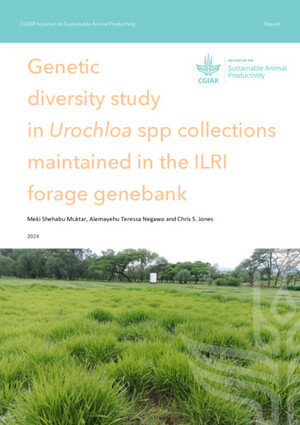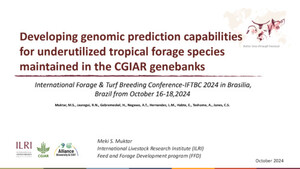
Progress and challenges in ex situ conservation of forage germplasm: Grasses, herbaceous legumes and fodder trees
Abstract
Forages provide an important livestock feed resource globally, particularly for millions of smallholder farmers, and have important roles in natural resource management and carbon sequestration, reducing soil erosion and mitigating the effects of climate change. Forage germplasm remains the basis for the selection and development of new, higher-yielding and better adaptedgenotypes to meet the increasing demand for livestock feed. Rapid rates of genetic erosion of forage diversity due to land-use change from natural pastures and rangelands to crop production to meet the food security requirements of a growing global population, together with pressures from a changing climate, highlight the necessity for ex situ seed conservation of forage genetic resources to provide germplasm for use by future generations. Whilst many forage species have orthodox seeds, the diverse range of genera and species which provide forage is a challenge in terms of the wide scope of information and understanding on conservation methods that genebank managers require—particularly for tropical forages, many of which are comparatively under-researched. We review the challenges to the conservation of tropical forage species by seed in ex situ genebanks and provide information on optimum methods for their management.
Citation
Hanson, J. and Ellis, R.H. 2020. Progress and challenges in ex situ conservation of forage germplasm: Grasses, herbaceous legumes and fodder trees. Plants 9:446.










